Writing Spaces : Readings on Writing Volume 2
by Charles Lowe
2020-05-12 10:48:29
Writing Spaces : Readings on Writing Volume 2
by Charles Lowe
2020-05-12 10:48:29
Volumes in WRITING SPACES: READINGS ON WRITING offer multiple perspectives on a wide-range of topics about writing. In each chapter, authors present their unique views, insights, and strategies for writing by addressing the undergraduate reader d...
Read more
Volumes in WRITING SPACES: READINGS ON WRITING offer multiple perspectives on a wide-range of topics about writing. In each chapter, authors present their unique views, insights, and strategies for writing by addressing the undergraduate reader directly. Drawing on their own experiences, these teachers-as-writers invite students to join in the larger conversation about the craft of writing. Consequently, each essay functions as a standalone text that can easily complement other selected readings in writing or writing-intensive courses across the disciplines at any level. Volume 2 continues the tradition of the previous volume with topics, such as the rhetorical situation, collaboration, documentation styles, weblogs, invention, writing assignment interpretation, reading critically, information literacy, ethnography, interviewing, argument, document design, and source integration. All volumes in the series are published under a Creative Commons license and available for download at the Writing Spaces website (http://www.writingspaces.org), Parlor Press (http://www.parlorpress.com), and the WAC Clearinghouse (http://wac.colostate.edu/). Charles Lowe is Assistant Professor of Writing at Grand Valley State University where he teachers composition, professional writing, and Web design. Pavel Zemliansky is Associate Professor in the School of Writing, Rhetoric, and Technical Communication at James Madison University. CONTENTS 1. Ten Ways To Think About Writing: Metaphoric Musings for College Writing Students-E. Shelley Reid 2. Composition as a Write of Passage-Nathalie Singh-Corcoran 3. Critical Thinking in College Writing: From the Personal to the Academic-Gita DasBender 4. Looking for Trouble: Finding Your Way Into a Writing Assignment-Catherine Savini 5. How to Read Like a Writer-Mike Bunn 6. Murder! (Rhetorically Speaking)-Janet Boyd 7. The Complexity of Simplicity: Invention Potentials for Writing Students-Colin Charlton 8. Writing Eyeball To Eyeball: Building A Successful Collaboration-Rebecca Ingalls 9. On the Other Hand: The Role of Antithetical Writing in First Year Composition Courses-Steven D. Krause 10. Introduction to Primary Research: Observations, Surveys, and Interviews-Dana Lynn Driscoll 11. Putting Ethnographic Writing in Context-Seth Kahn 12. Walk, Talk, Cook, Eat: A Guide to Using Sources-Cynthia R. Haller 13. Reading Games: Strategies for Reading Scholarly Sources-Karen Rosenberg 14. Googlepedia: Turning Information Behaviors into Research Skills-Randall McClure 15. Annoying Ways People Use Sources-Kyle D. Stedman 16. Everything Changes, or Why MLA Isn't (Always) Right-Janice R. Walker 17. Storytelling, Narration, and The Who I Am Story-Catherine Ramsdell 18. The Sixth Paragraph: A Re-vision of the Essay-Paul Lynch 19. Why Blog? Searching for Writing on the Web-Alex Reid 20. A Student's Guide to Collaborative Writing Technologies-Matt Barton and Karl Klint 21. Beyond Black on White: Document Design and Formatting in the Writing Classroom-Michael J. Klein and Kristi L. Shackelford
Less







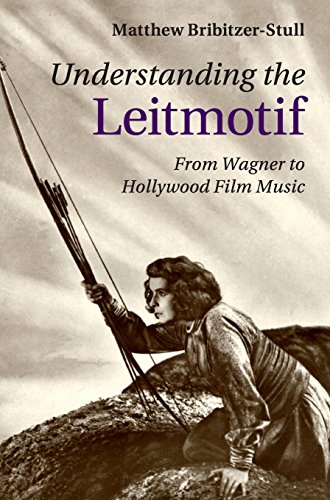







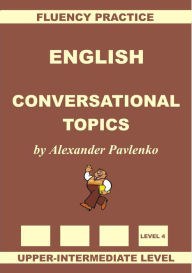





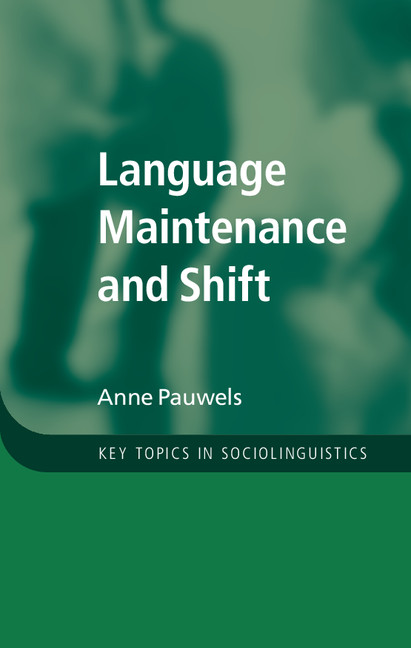

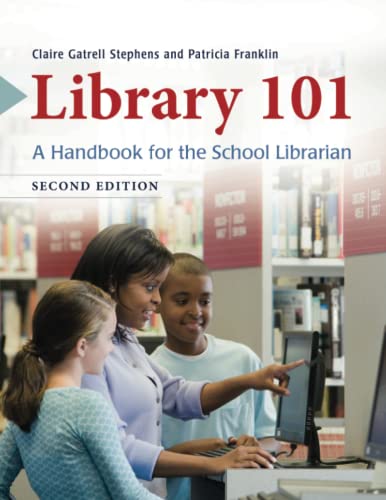
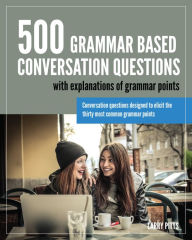



.jpg)
